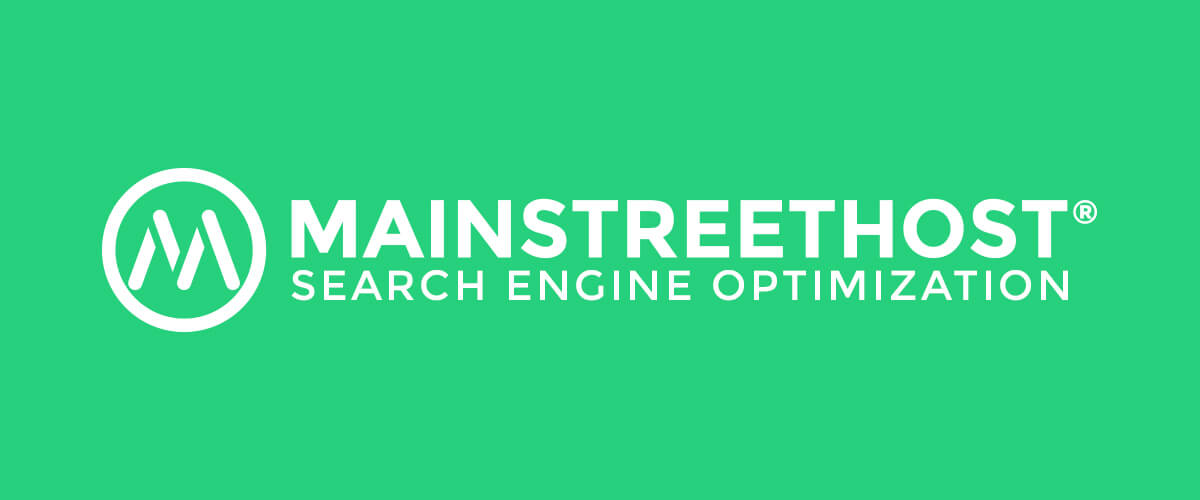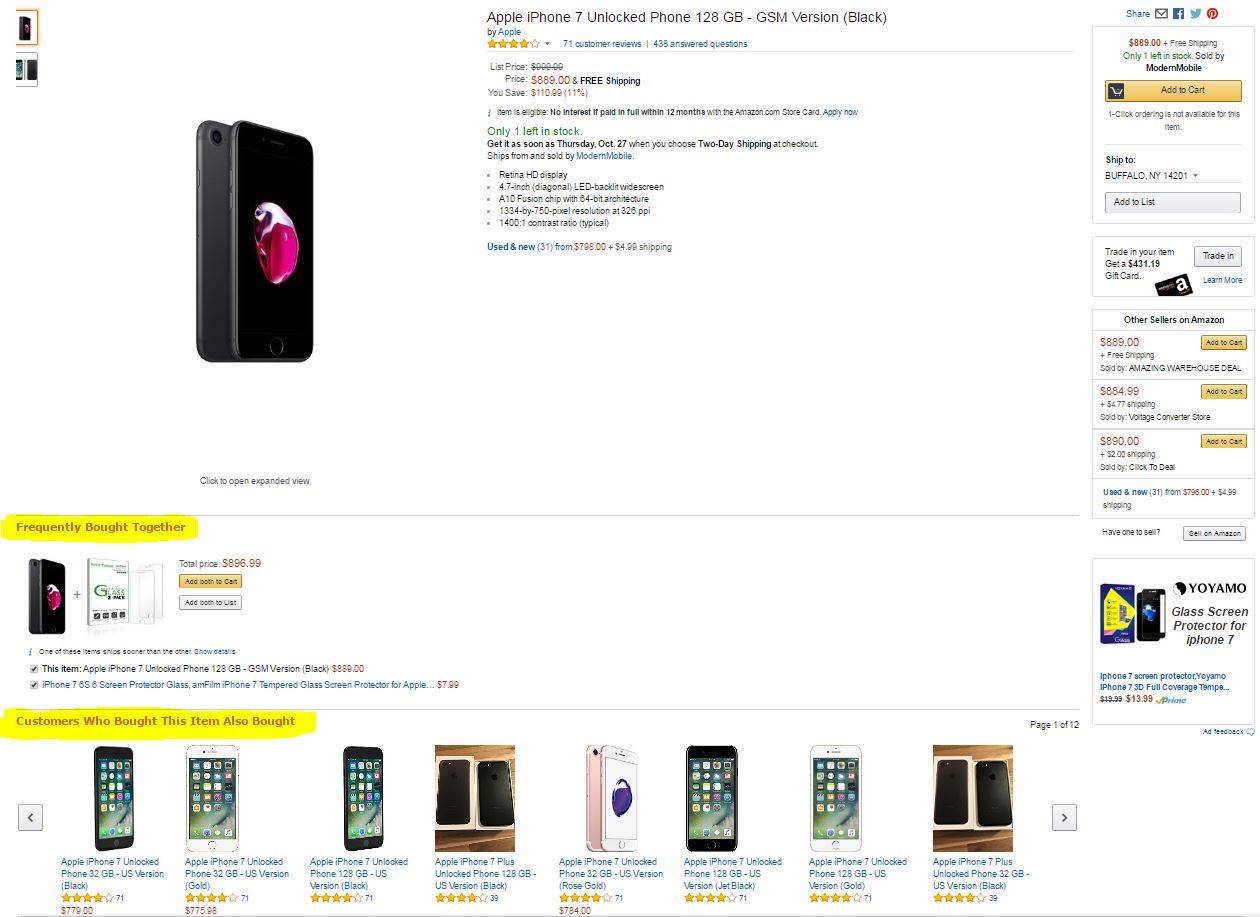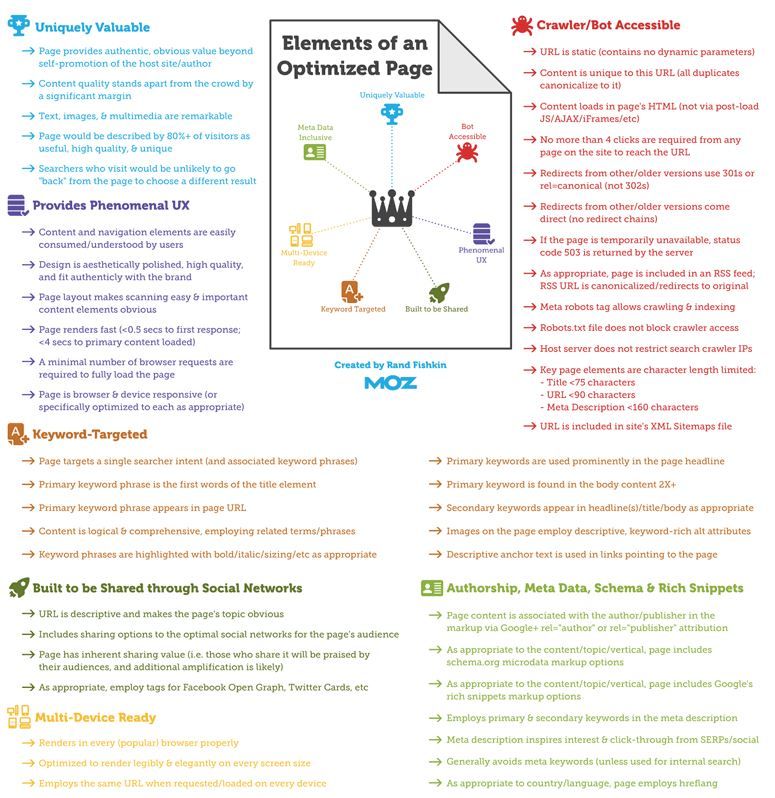So what is SEO, exactly? Search engine optimization, which Search Engine Land defines as “the process of getting traffic from free, organic, editorial, or natural search results on search engines,” is the foundation of digital marketing. These efforts lead to your website being found online and users clicking through to learn more, which can ultimately result in conversions and/or purchases. Without an effective SEO strategy, it’s practically impossible to have a successful web presence.
In the digital-first world we live in, SEO has become a more competitive landscape, with industry players large and small fighting for that top spot in search results. But how do you get there?
Even if your marketing team and budget are nowhere near as large as the Nike’s and GM’s of the world, your company still needs a search engine strategy. It doesn’t necessarily mean that you’re going to rank first for terms like “shoe retailer” or “car company” – but how we search is trending away from simpler terms anyway.
More people are conducting searches on mobile devices, and these queries tend to be in the form of longer, more specific phrases or questions. So, while someone might not search for “car company,” they very well could be searching for “GM dealers near Buffalo, NY.” And it’s these kinds of phrases that any company in the industry could potentially rank for.
But keywords are just the beginning of developing a strategy that will get your website found. From the factors that go into your search engine rankings to the impact SEO has on your online presence, consider this your guide to everything you need to know about SEO!
What is SEO? The Fundamentals
Keywords
Where SEO got its start and where most marketers focus their attention is keywords – the terms and phrases that are directly related to a product or service a company offers. Keywords reflect search queries that you want your website to rank for, and can be either short-tail or long-tail. Short-tail keywords are very concise, often more general terms, whereas long-tail keywords are typically phrases, questions, or sentences.
To increase the likelihood of ranking for a particular search query, a relevant keyword should be incorporated within the page’s content and headings as well as in your social media posts. This indicates to Google that your content pertains to the search being conducted and should appear in results returned to the user.
But be careful. It’s easy to think that by simply plugging a keyword into a web page as many times as possible will increase your chances of ranking. That tactic did work in SEO’s early days, but it certainly doesn’t anymore. You should find ways to incorporate the keyword naturally into the content a few times, but don’t ruin the reading experience by saying the same word over and over again.
Backlinks
Along with keywords, backlinks have been a fundamental component of SEO from the beginning. There are two types of backlinks: external and internal. External links are hyperlinks to your website from another website. For example, within this post I hyperlinked to several resources that I collected my research from. By doing so, this indicates to Google that the resources I used are ones I trust, which makes them more inclined to feature them in search results.
Internal links are hyperlinks within your own website, connecting one page to another. Ecommerce sites often do this through “You might also be interested in” sections on a product page, encouraging shoppers to check out similar products they offer.
There are several ways to acquire backlinks, but most often it happens naturally when someone wants to incorporate information from your website into their piece of content and includes a hyperlink as a reference. So for the most part, your backlink profile grows without much effort by you; you just have to monitor these links and remove any spam – and, of course, create content worth linking to in the first place.
To go one step further, you can also reach out to companies in your industry and ask them if a specific piece of your content might be interesting to their own readership. Ensure that the content you’re offering is directly related to their company’s offerings. This strategy could help you earn some quality backlinks.
Above all, never acquire backlinks by purchasing them. Like keyword stuffing, it’s a dated, spammy SEO tactic that today’s search engines won’t reward websites for. The user is the priority, so no matter how many links are pointing to your website, if they’re not quality links, Google won’t give them any consideration.
Content
Website content quality has become one of the most important SEO factors in recent years, as tactics like keyword stuffing and buying backlinks have gone by the wayside. Content that educates, engages, and empowers users is heavily favored in search results because it has the greatest likelihood of meeting the searcher’s needs.
You can develop quality web pages by utilizing a variety of content types, including text, images, and videos as well as making the message and goal of each page’s content unique. By teaching the visitor something they didn’t already know and avoiding pushy sales tactics, you’ll encourage them to dig deeper into your website and learn more. It’s all about adding value, so write content for your users, not search engines. Google can figure out what content is high-quality and what isn’t, so keep your focus on the potential customers reading it.
URL Structure
Search engines also determine if your page is relevant by looking at the keywords included in the page’s URL. Make sure you include the target keyword and try to keep the URL length to less than 90 characters so it fully displays in the search result.
Once you know the keyword you want to include in the URL, it’s time to lay out the URL structure. It should show the hierarchy of the information on the web page, first including a high-level product or service category and then the specific item on that page. For example, Mainstreethost’s SEO Services page has a URL of mainstreethost.com/services/search-engine-optimization. This indicates that you’re being directed to the Services section of our website, specifically the SEO Services page.
Incorporating an important keyword and organized structure to each URL sends a clear signal to both search engines and users that the page directly relates to a particular search query.
Title Tags/Alt Text
Search engines handle millions of queries every day, so they have to be able to quickly scan a web page and determine its relevancy. Title tags and alt text are two places that search engines look to decide if a page should be ranked. Title tags describe what the page is about and are located at the top of your internet browser and as the page title in a search result. Like the URL, the title tag should include the most important keyword for that page. It should also be around 50-60 characters to ensure the entire title is visible on both desktop and mobile devices.
Alt text is inserted into your website’s HTML and is used to describe the images included on a web page. Search engines can’t read images, so you have to explain what is in the picture in order for it to be indexed. Be as descriptive as possible to maximize the likelihood of your page being featured in search results as well as the image appearing for relevant image searches.
Meta Description
Included below the title tag and URL in a search result is the meta description, a 160-character snippet that summarizes what the web page is about. Again, you should try to include the most important keyword in this section to show the page’s relevancy to a search query. This description plays a major role in convincing users to click through to your site, so take your time when writing meta descriptions.
Source: Moz
Page Load Time
When a searcher clicks the link to your website, they want to arrive at your page quickly. With so many businesses to choose from in search results, no one is going to waste their time waiting around for a page to load. They can easily choose another link from the results.
Page load time is the amount of time it takes for a web page to fully display, so if your pages are bogged down with lots of images and videos, this time is likely to be much higher. But that doesn’t mean you can’t include a variety of content types on your website. Use an image compression tool to make the file sizes of your page’s images smaller, which will ultimately decrease load time. You can also optimize your website’s code by removing unnecessary characters that often get added in, like extra spaces or commas. Any additional information that an internet browser has to load will slow your site down, which could ultimately lead to a higher bounce rate and lower conversion rate.
User Experience
The most recent addition to the growing list of SEO factors is user experience, which refers to the positive or negative experience a visitor has interacting with your website. Having an organized layout, easy navigation, clear calls-to-action, and a mobile-friendly site create a better user experience and encourage people to stay and explore.
With an increase in searches and website visits coming from mobile devices, a mobile-friendly site is no longer an option; it’s a necessity. If users have to pinch the screen to zoom in and out in order to read your content, they’ll likely give up before completing a conversion and maybe even seek out a competitor’s help.
Aside from the mere functionality of your website, user experience is highly dependent on how your company’s personality comes across. Content that is personable and focused on meeting a consumer’s need will create a more positive experience and indicate that you’re a trustworthy and approachable company to work with.
How Google’s Algorithms Play a Role
The topics discussed above are among over 200 factors that Google takes into consideration when determining where sites rank in search results. There are hundreds of minor algorithm updates every year that go relatively unnoticed, but there are usually several major updates that make headlines. These are the updates that can significantly impact rankings and, ultimately, web traffic and conversions.
The most talked-about Google algorithms by far are Panda and Penguin. Panda focuses on content quality, preventing pages with thin or poor-quality content from ranking well. Penguin’s intent is to analyze the number and quality of backlinks a website has, determining if the links were earned in a respectable manner from trustworthy sources. These two algorithms play some of the largest roles in SEO, so it’s important to take them seriously.
While some Google algorithms occur in real-time and don’t typically lead to major changes in rankings, some are only updated every few months or once a year. So if you receive a Google penalty due to an algorithm update, it could take several months before your rankings and traffic improve. But as long as you steer clear from “black-hat” SEO practices like keyword stuffing, buying backlinks, and writing spammy content, you generally can avoid being penalized.
SEO, Traffic, and Conversions
Now that we’ve discussed what is SEO and the impact Google’s algorithms can have on rankings, we should dig deeper into the impact this can have on your web traffic and conversion rate.
It’s important to note that your rankings are going to shift a little every day, as Google is always working to better understand its users and provide them with the most relevant content. However, if you see a major drop, it could be due to a Google penalty, algorithm update, or the presence of newer and better content on the web.
In the earlier days of SEO, keywords and backlinks were the only factors that marketers had to focus on. They could stuff keywords as many times as possible within the site’s content and most likely get the page to rank on the first page of search results.
But now, Google’s focus is the user’s needs. If you’re stuck in old school SEO tactics, you’re not going to get traffic or conversions – which could lead to your competitors capturing a larger share of the market.
Maximize your site’s traffic and conversion rate by optimizing for the consumer, not Google. Taking the time to optimize your content to make things easy to find and understand will benefit your customers, making them more likely to purchase from you. Use your keywords strategically, only accept links from reputable sources, and put yourself in your user’s shoes to create a positive user experience. Your efforts won’t go unnoticed – by your customers or by Google.
Where to Go From Here
In order to maximize your website’s visibility in search engines and improve both traffic and conversions, a well-thought-out SEO strategy is a must. First, take a look at your current site and consider the users you’re targeting with your content. Does each web page have a specific purpose or goal and is the information valuable to a potential customer? Are the most important keywords incorporated naturally throughout the content – not stuffed in as many places as possible?
Once you’re confident in the quality of the content on your website, you should then focus on ways to promote it. Social media in particular is critical because your target audience is likely on at least one social network and there are SEO benefits associated with a social presence. If search engines see that you’re regularly updating your profiles and sharing helpful information via social channels, they’ll take that into consideration when it comes to your rankings.
The most important takeaways are to always adhere to SEO best practices and to put yourself in the position of the audience you’re marketing to. If you’re bored or turned off by the content or structure of your website, there’s a good chance visitors will be too.
SEO isn’t just a formula you can follow to immediately improve your search engine rankings; it takes regular upkeep to develop and maintain a prominent web presence. But by keeping the most important ranking factors at the forefront of your strategy and never losing sight of your customers’ needs, you can establish yourself as a company worthy of a first-page presence.






